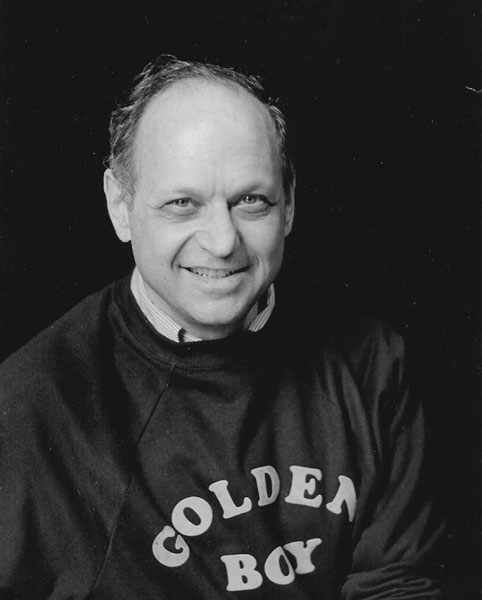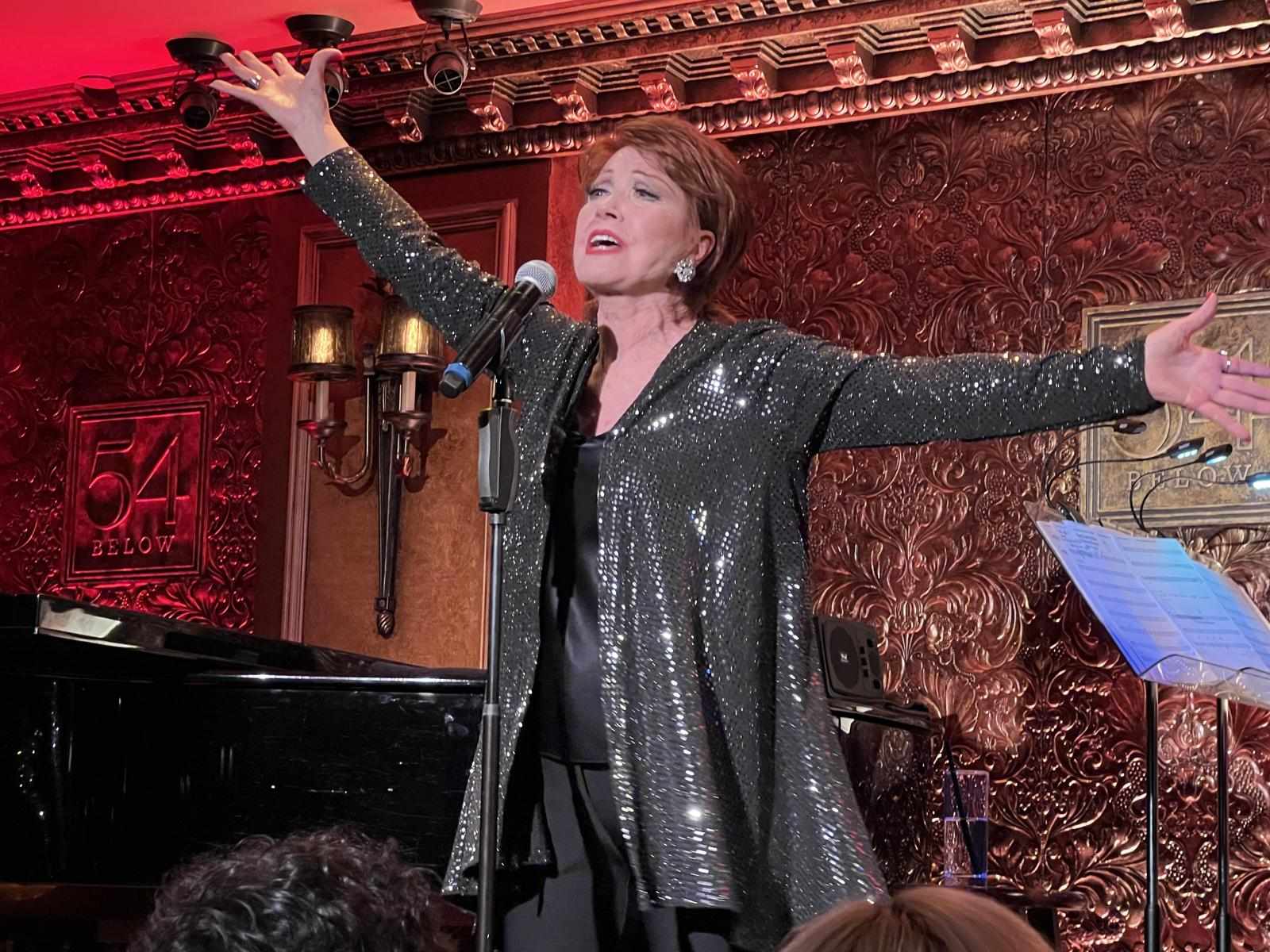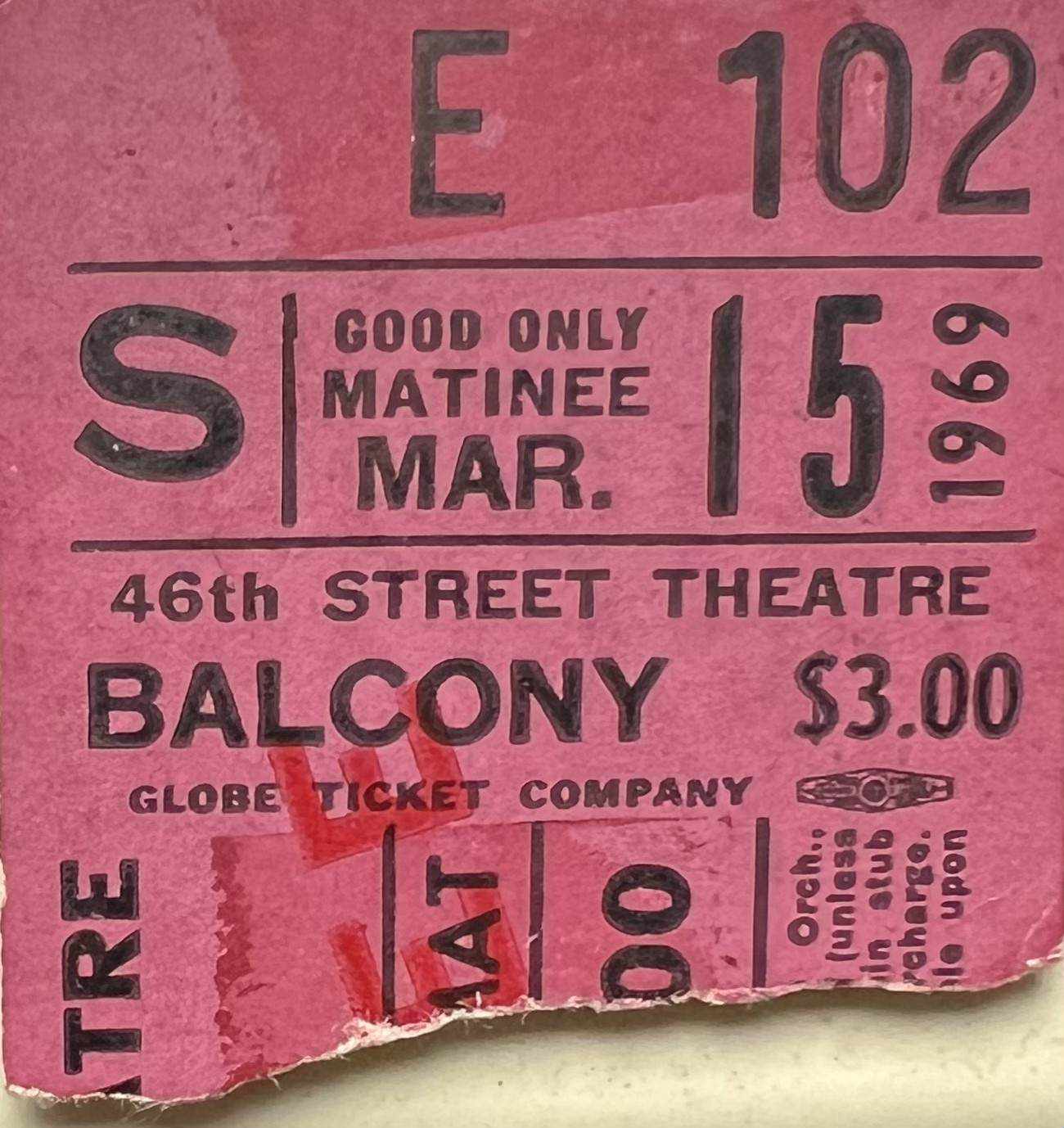
February 11, 2025: Theatre Yesterday and Today, by Ron Fassler
The actress Kim Stanley (born Patricia Reid) was born 100 years ago today. On Broadway in the 1950s, alongside Julie Harris and Geraldine Page, she was considered to be among the finest stage actresses of her day (coincidentally, all three were born within a thirteen-month stretch of one another between 1924 and 1925). Beyond the theatre, Stanley was prolific in the early days of live television and into the early ‘60s, earning an Emmy Award for a guest appearance on the famed medical series, Ben Casey. Partly by choice, she would appear in a paltry five feature films in her lifetime (she had said that she hated the medium with its filming out of order and numerable takes). But considering she received Academy Award nominations for two of the five (1964’s Séance on a Wet Afternoon, and 1982’s Frances), her film acting proved she knew what she was doing, especially as a doomed actress in Paddy Chayefsky’s The Goddess (1958). Although for her own personal reasons, it would be eighteen years after Séance before she made another movie.

The totality of the dozen Broadway shows in which she appeared occurred over a span of fifteen years, beginning in 1946, when she took over for Julie Harris in French playwright Emmanuel Robles’ Montserrat, adapted and staged by Lillian Hellman, and ended when she took part in a 1964 Actors Studio production of Chekhov’s Three Sisters directed by Lee Strasberg (with Geraldine Page—in another connection between these actresses). Though lukewarmly received on Broadway, Three Sisters was a disaster when it played the West End in London. Not only was it booed on opening night, but the critics excoriated the company for mangling a beloved classic play with their Method acting. After that, she made the decision to quit the stage (and stuck to it).

From then on, Stanley worked sparingly until her final performance at age fifty-nine as Big Mama in a TV version of Cat on a Hot Tin Roof, which earned her a second Emmy. And, interestingly enough, Stanley had played Maggie the Cat in the play’s 1958 London premiere. But after 1984, she was done with acting entirely and taught it instead in New York, as well as at the College of Santa Fe. There would be no more performances of any kind from this volatile talent for the remaining seventeen years of her life, a great deal of which was consumed by health issues, which were compounded by her longtime alcohol abuse. She died in Santa Fe in 2001 at the age of seventy-six.
Quotes from critics, or Stanley’s fellow actors, could fill the rest of this column of what she was like onstage. Vivian Nathan was in the cast of Montserrat when Stanley joined the production, and told those gathered at Stanley’s 2001 memorial in New York that “I walked on stage during the first day of rehearsals and there was this real person standing there. And then she began to talk to me!” It was Stanley’s surprisingly naturalistic approach to acting that froze Nathan on the spot. But indeed, there was a price to pay for her kind of commitment, as the late actress Anne Jackson told Playbill on-line after Stanley’s passing: “She had a quality of stopping the moment with such a sense of truth that it was awesome. I loved her in Bus Stop, I thought she was marvelous. I loved to see her do something light like that. The other psychological plays that she was drawn to, I would worry about her.”
There is no worse story about the level of pain which Stanley could bring to a role than what occurred in 1972, when she was offered a job by a former favorite director, Tony Richardson, for a filmed version of Edward Albee’s play A Delicate Balance. Of Stanley, Richardson once said, “Never, before or since, have I worked with someone of such variety and impact . . . her range of understanding of human and physical experience was endless.” With a cast led by Katharine Hepburn and Paul Scofield. Richardson hired Stanley over major protestation from producer Eli Landau, who feared she was a risk and would not be able to deliver, due to her well known drinking. But the part was that of an alcoholic, and Richardson deeply felt that she would bring something thrilling to the role. Then, when it came time to read through the screenplay for the first time, and after he had delicately asked that it be read in a casual manner and not acted, Stanley dove into overdrive. In Richardson’s own words from his autobiography The Long Distance Runner, he wrote:
“She [Stanley] began to improvise on Edward [Albee’s] text; she crawled on the floor, she sputtered, she cried. Looked on one way it was a parody of the stereotypical view of Method acting. In a London first-floor drawing room, expressing her emotions, her flesh, her bulk, it was almost obscene. ‘How could you have let that happen to us?’ Paul [Scofield] … hissed violently at me when we finally broke up. But it was magnificent — its reality so compelling, so violently and truthfully exposed, that there was more knowledge of the depths of human experience and of alcoholism than I’ve seen in any other performance. It transcended anything I’d ever imagined could be in the play, and I knew instantly how to direct it. It had the ugliness, the truth, the understanding of great art. But it was clear that Kim’s truth was at the expense of everything else — the other performers, the text of the play, and the exigencies of the production. If we had had a year to shoot I could have gotten something so disturbing on film it might have been unwatchable.”
I include this story of her losing out on this role, both verbatim and at length, because it is probably the most articulate and empathetic assessment of what drove Stanley to greatness . . . as well as what kept her from sustaining that impossible level of exactitude. After that first reading, Hepburn threatened to quit the project unless Stanley was fired, which resulted in her dismissal. There was a sad irony in all this, told in Stanley’s own words: “When I was sixteen, I saw Katharine Hepburn in a touring production of The Philadelphia Story and I was overcome,” she said. “I was terrified. It was of course a comedy, but after the final curtain I sat down and cried, because I wanted to watch it all over again.”

Of the directors she worked with, most are on record with rhapsodic observations of her work. Bobby Lewis, who directed her in Chéri (1959) said, “She was the most gifted acting artist I ever worked with.” Her Bus Stop director Harold Clurman wrote, “Kim Stanley has amazing naturalness; her speech is real communication instinct with the unpredictable music and the ebb and flow of a genuine connection with whoever is her partner on the stage.” And Lee Strasberg succinctly stated, “Kim Stanley to me is the epitome of the thing we are working toward.”
All of Stanley's stage performances were long before I started attending the theatre. What was it like to see her portray a sixteen-year-old in William Inge’s Picnic? Not at all waif-like, she’d turned twenty-eight only a few days before its opening night. But such was her magic, Brooks Atkinson wrote in the New York Times: “As a tom-boy with brains and artistic gifts, Kim Stanley gives a penetrating performance that conveys the distinction as well as the gaucheries of a disarming young lady.”

Two years after Picnic, Inge again chose Stanley for his next play, Bus Stop. As Cherie, a young night club singer with dreams and aspirations that may never take her beyond a small town west of Kansas City, Stanley weaved a spell over the audience. Again, Brooks Atkinson raved, “Kim Stanley is superb . . . she gives a glowing performance that is full of amusing detail — cheap, ignorant, bewildered, but also radiant with personality . . . [her] comic acting has plenty of human truth inside.”

There were other well received performances in the 1950s and 60s including Arthur Laurents’ A Clearing in the Woods (1957); Eugene O’Neill’s A Touch of the Poet (1958); Henry Denker’s A Far Country (1961) and Inge (for the third and final time), in Natural Affection (1963). For whatever reasons, she only received two Tony Award nominations and lost both times.
In 1962, she gave a masterful, uncredited performance in the film version of Harper Lee’s novel To Kill a Mockingbird, even though she never appears on screen. She was cast at the suggestion of Horton Foote, who adapted it for the screen. He was a friend of Stanley’s as her second Broadway show in 1952 was Foote’s The Chase and she later played the title role in his The Traveling Lady in 1954. Foote convinced Mockingbird’s director Robert Mulligan that Stanley would be the perfect adult voice for the film’s narrator, the character of Jean Louise Finch, otherwise known as Scout. Though never seen, the next time you watch that beautiful movie, listen carefully to the southern tones provided by Stanley, in all its natural warmth and accessibility—as pure a distillation of her remarkable talents as we shall probably ever know.
Ron Fassler is the author of the recently published The Show Goes On: Broadway Hirings, Firings and Replacements. For news and "Theatre Yesterday and Today" columns when they break, please hit the FOLLOW button.




















Write a comment ...